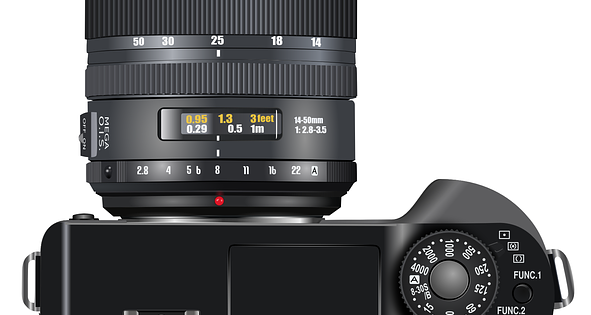
Today I’m publishing Part 1 of a series of articles on leveraging the power of Live Video to grow your audience and sell your products.
Live streaming lets you broadcast a video in real-time to viewers. It can be useful if you want to capture important events as they happen and share them with your followers and fans. It also gives you a way to quickly and easily talk with your community.
Instead of having to write a lengthy blog post or send an email, you can click an app on your phone and show your viewers what you’re doing. Businesses can use the power of live video to build brand awareness, drive sales, and strengthen the bond with their customers.
Which Platforms Can You Use for Live Streaming?
There are dozens of platforms that will allow you to broadcast a live video to viewers. But there are five sites in particular that are the most popular and the easiest to use. Here’s what you need to know…
Facebook Live may be the most well-known and popular live-streaming service. You can use it to broadcast from your profile so your friends see your video or you can use it to stream in a group so other group members can watch your video. But there’s also a third option—streaming from your business page.
One of the advantages of using Facebook Live is that the service will automatically notify your friends after you’ve been streaming for a few minutes. This means that Facebook is doing the hard work of gathering viewers for you. All you have to do is hit record.
But that doesn’t mean Facebook Live is the perfect solution. One of the biggest problems with this feature is that it can be difficult to get your video indexed in search engines and after a week or so, it’ll be much harder for viewers to find your video.
That’s where YouTube Live has a slight edge. While you broadcast live to your channel subscribers, your video is already being indexed by Google. This means if your goal for live streaming was to rank in the search engine results page for a certain keyword, then YouTube might be a better fit for you.
Although YouTube Live is great for ranking, it’s not always easy to get interaction on your live videos. You may also experience a large number of users attempting to “troll” your video by hosting hateful or unkind content in the comments. If you’ll be broadcasting, you may want a friend nearby who can moderate comments and remove inappropriate ones.
Another way to live stream to your audience is to use Instagram
Stories. Instagram Stories allow you to broadcast to your audience but they’re a bit different than Facebook Live or YouTube Live. That’s because Instagram Stories are limited to just sixty seconds.
You can keep recording several stories back-to-back if you need more time. But try to limit additional videos to no more than four. Too many stories can overwhelm your fans, so don’t aim for a 50-part series.
Another interesting feature of Instagram Stories is that they’re designed to disappear after just 24 hours. This creates urgency for your followers and makes them more likely to watch your stream right away.
But if you need a bit more flexibility, Instagram does allow you to “pin” stories, a feature that the company refers to as “Stories Highlights”. However, pinned stories don’t appear in your newsfeed. They’re only seen on your profile so a user has to navigate to your Instagram page in order to see your story.
Some brands prefer to use websites that are dedicated to live streaming for their broadcasts. One of the most popular options is LiveStream. The service is designed for professionals and organizations. Their customer list includes businesses, schools, churches, sporting venues, agencies, bands, and governments.
The most exciting feature of LiveStream is that you can create broadcast through their service and have that broadcast appear on Facebook, YouTube, and other live streaming services at the same time. This lets you experience the benefits of each network without having to use clunky programs or complicated software to reach all of your followers.
Some businesses and brands prefer to use Ustream for their broadcasts. Ustream is similar to LiveStream in that it allows you to broadcast from anywhere. But Ustream also has a few features that LiveStream doesn’t.
With Ustream, you can password protect your streams. This can be useful if you’ll want to reach one audience exclusively.
For example, if you’re a fitness trainer, then you may broadcast to Facebook with mini workouts. But your paid subscribers get to access special full-length workouts. With Ustream, you can create the stream then give the password to your members only.
Another advantage of Ustream is that you have access to analytics and data. With analytics, you can learn more about your viewers like and dislike. This helps you create content that appeals to your audience and engages them.
When it comes to choosing a platform for live streaming, you may want to test out different social networks or websites. As you experiment, you’ll discover what works best for your community and what platforms they prefer.
Now that you’re familiar with your live streaming options, in my next article we will delve straight into what you must do before you start recording. See you then.




